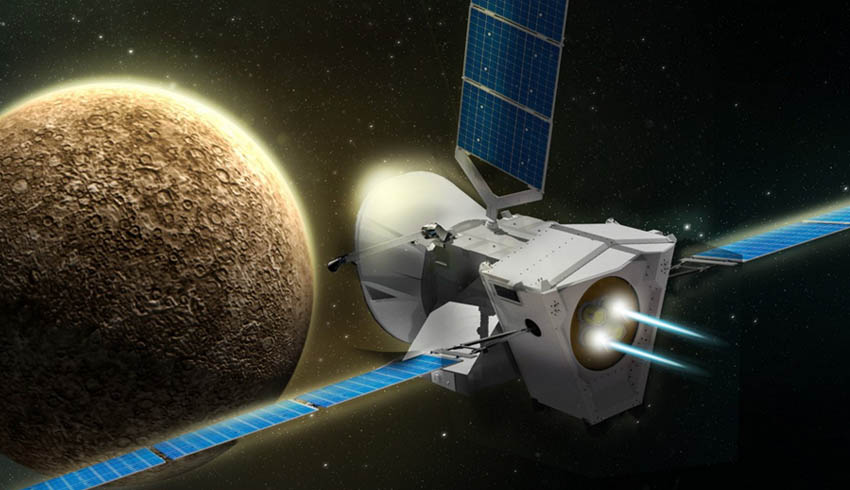The joint European Space Agency and Japanese Space Agency spacecraft will swing past Earth at about 13,000 kilometres away, closer than navigation satellites (GPS, Galileo).
This will be BepiColombo’s final glimpse of Earth before it continues on its seven-year, 8.5 billion-kilometre journey to the solar system’s innermost, smallest and least explored planet, Mercury.
The last time the spacecraft saw Earth was 18 months ago in October 2018, when it was launched on an Ariane 5.
BepiColombo is not due to arrive at Mercury until 5 December 2025, but to get there safely and at the right speed to be captured by Mercury’s gravity, it must do nine fly-bys of the inner planets, one past Earth, two at Venus and six fly-bys at Mercury. After arrival, the spacecraft will capture data for a year with the possibility of extending the mission.
Philippe Pham, Airbus head of Earth observation, navigation and science, said, "This fly-by marks a great achievement and major milestone for Airbus. Teams across five countries worked together to successfully develop and launch the spacecraft on a complex mission to Mercury."
BepiColombo will collect measurements to study the composition, geophysics, atmosphere, magnetosphere and history of Mercury as well as testing Einstein’s theory of general relativity.
The 16 scientific instruments will also provide insights into the characteristics of Mercury’s magnetic field and how it interacts with the solar wind.
The journey will total some 8.5 billion kilometres, completing 18 orbits around the sun before entering the spacecraft’s operational orbit and beginning scientific exploration of the planet Mercury.

